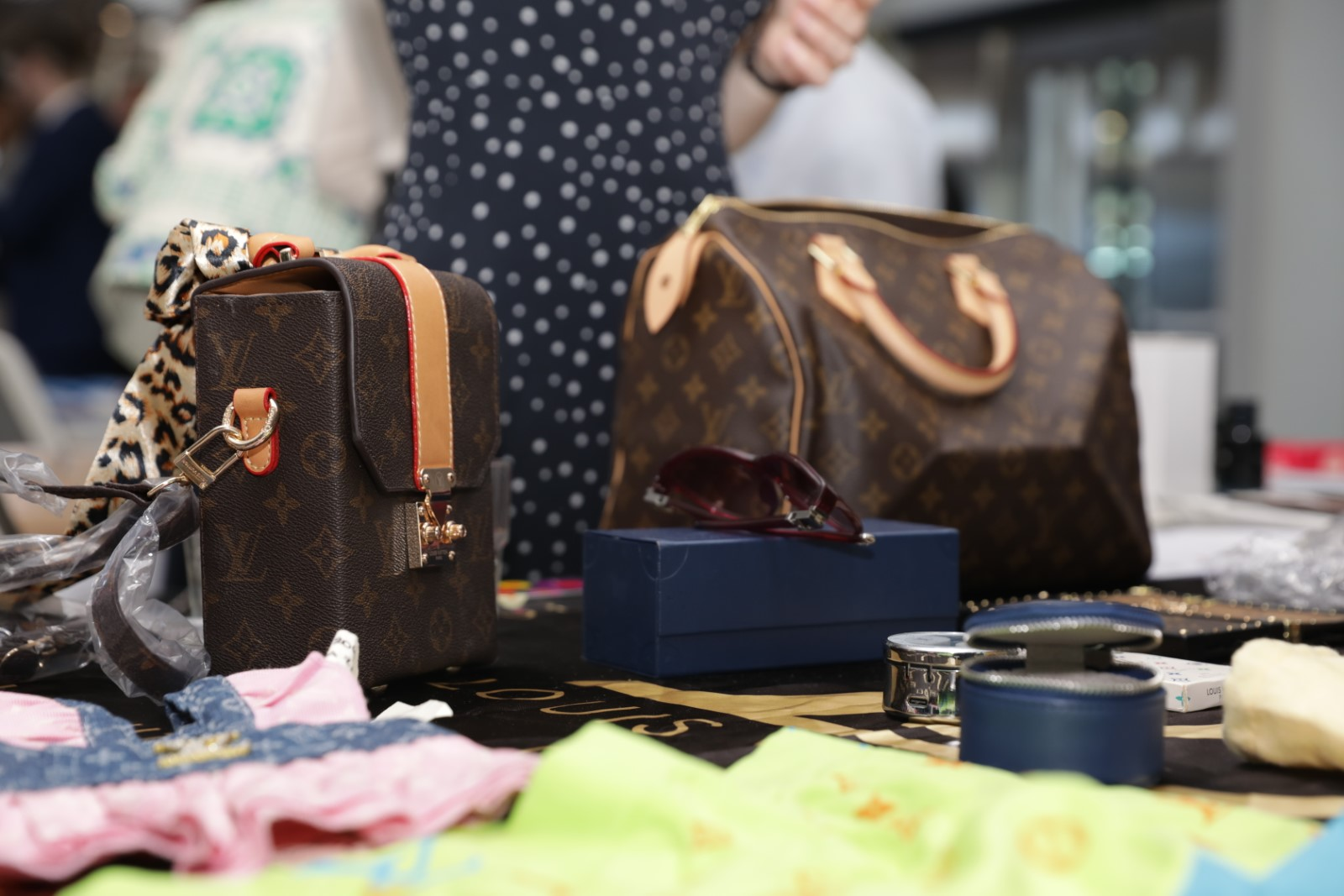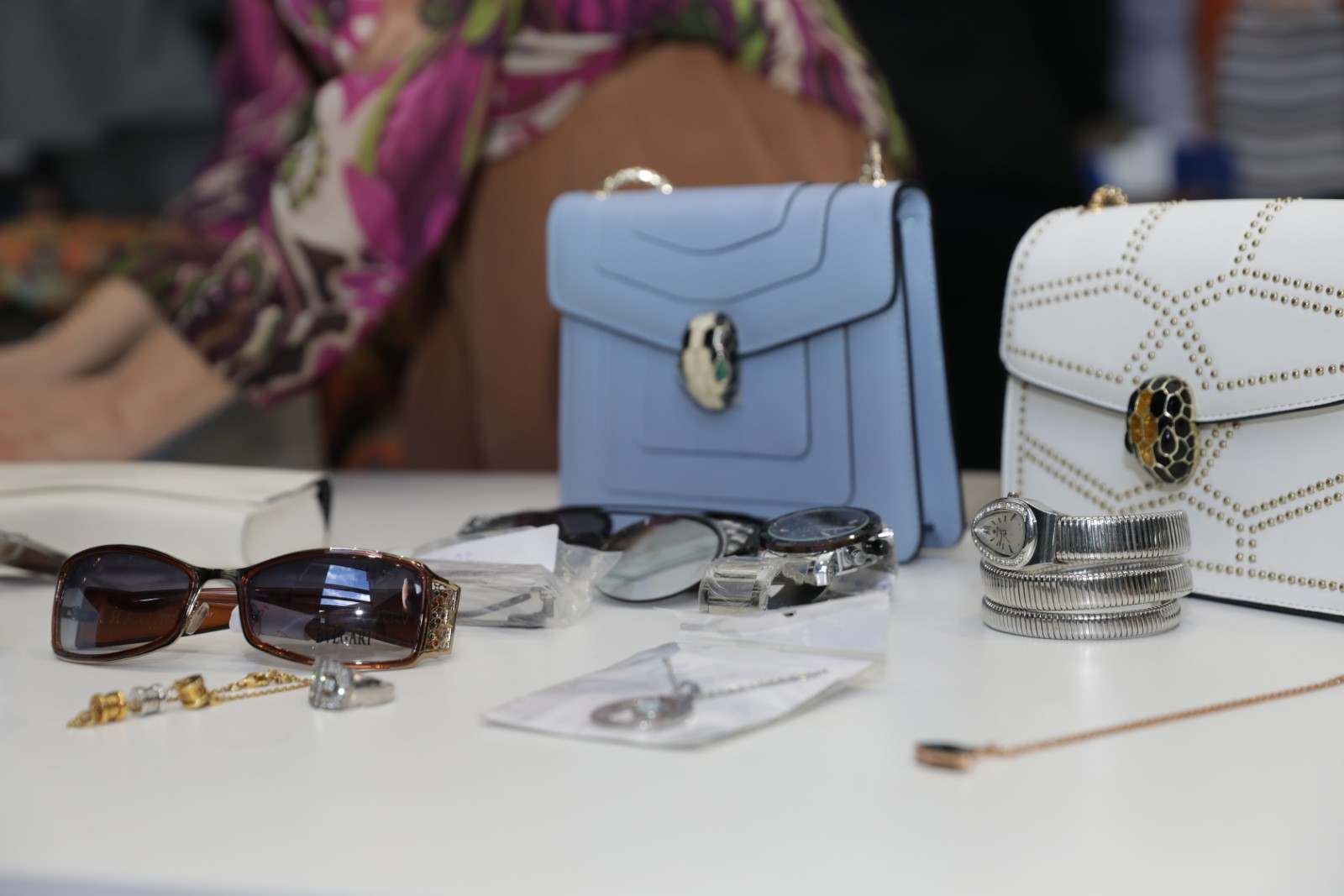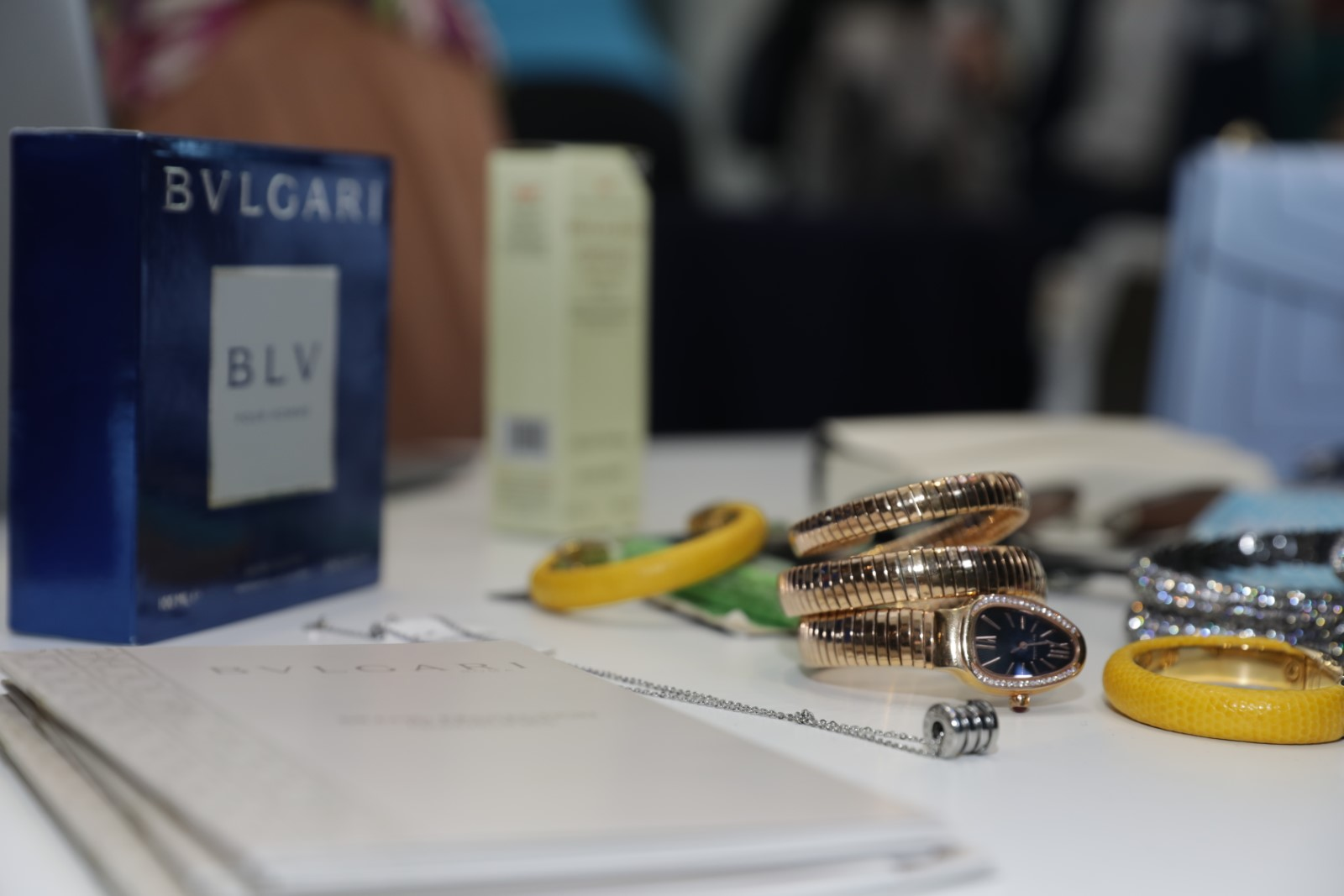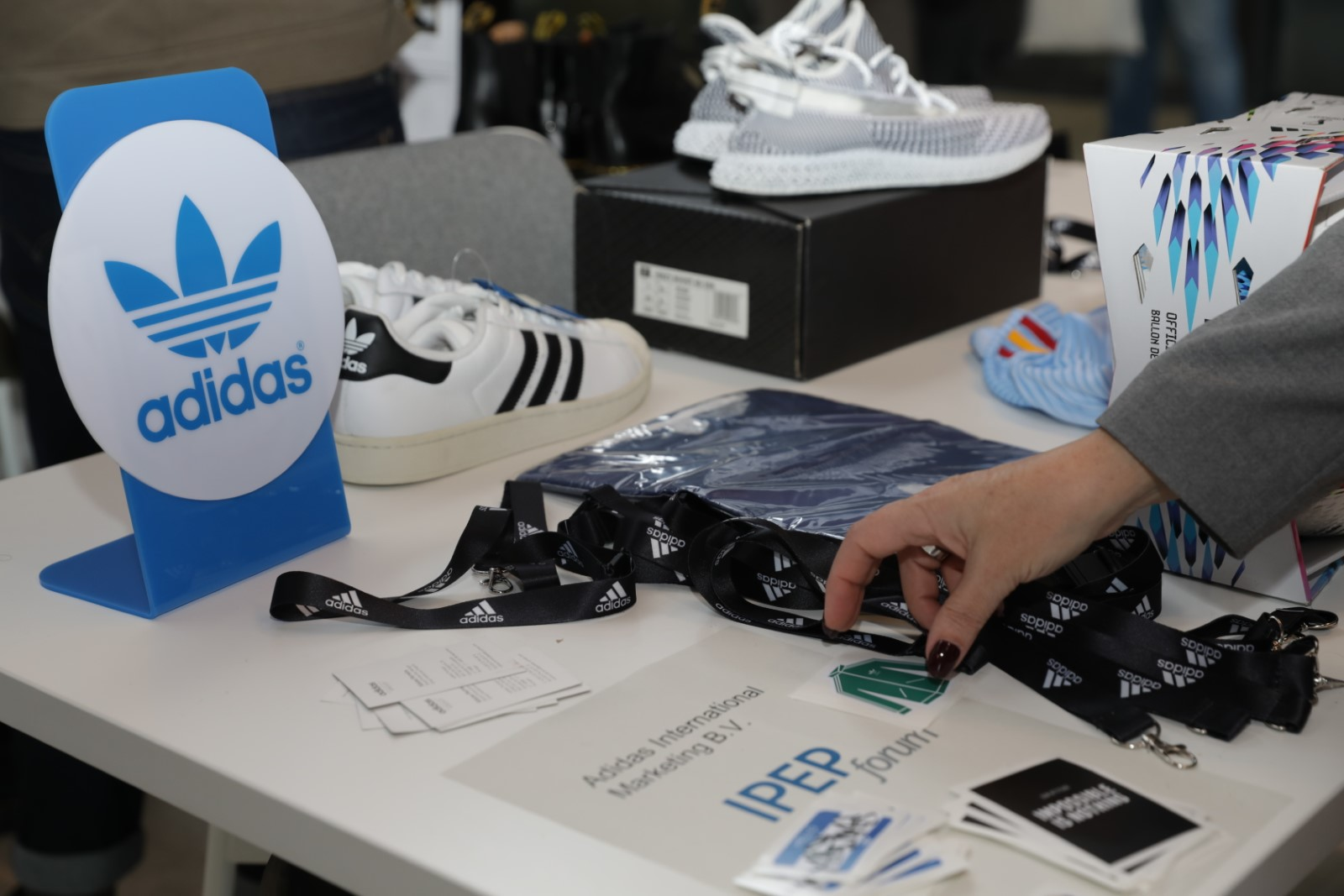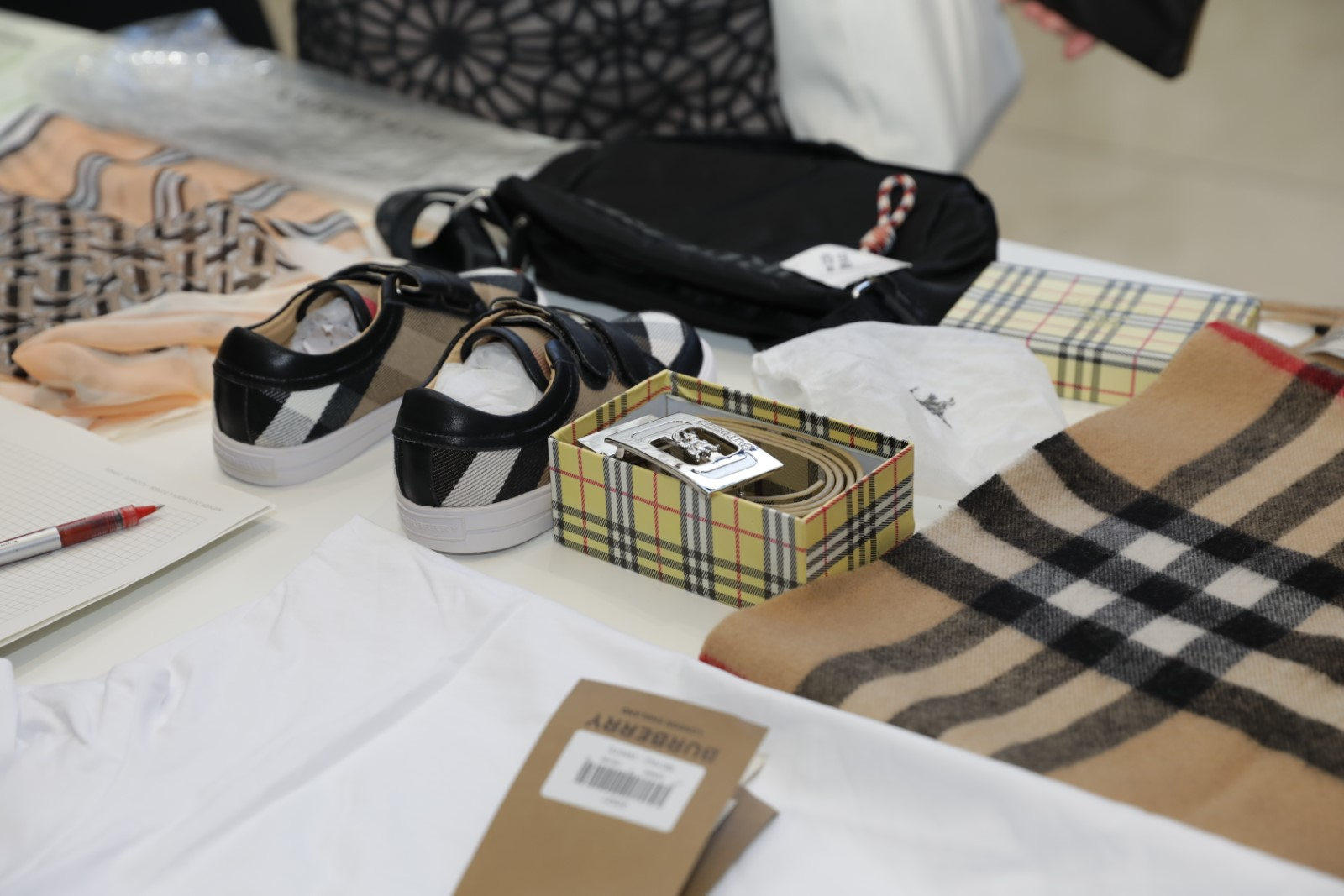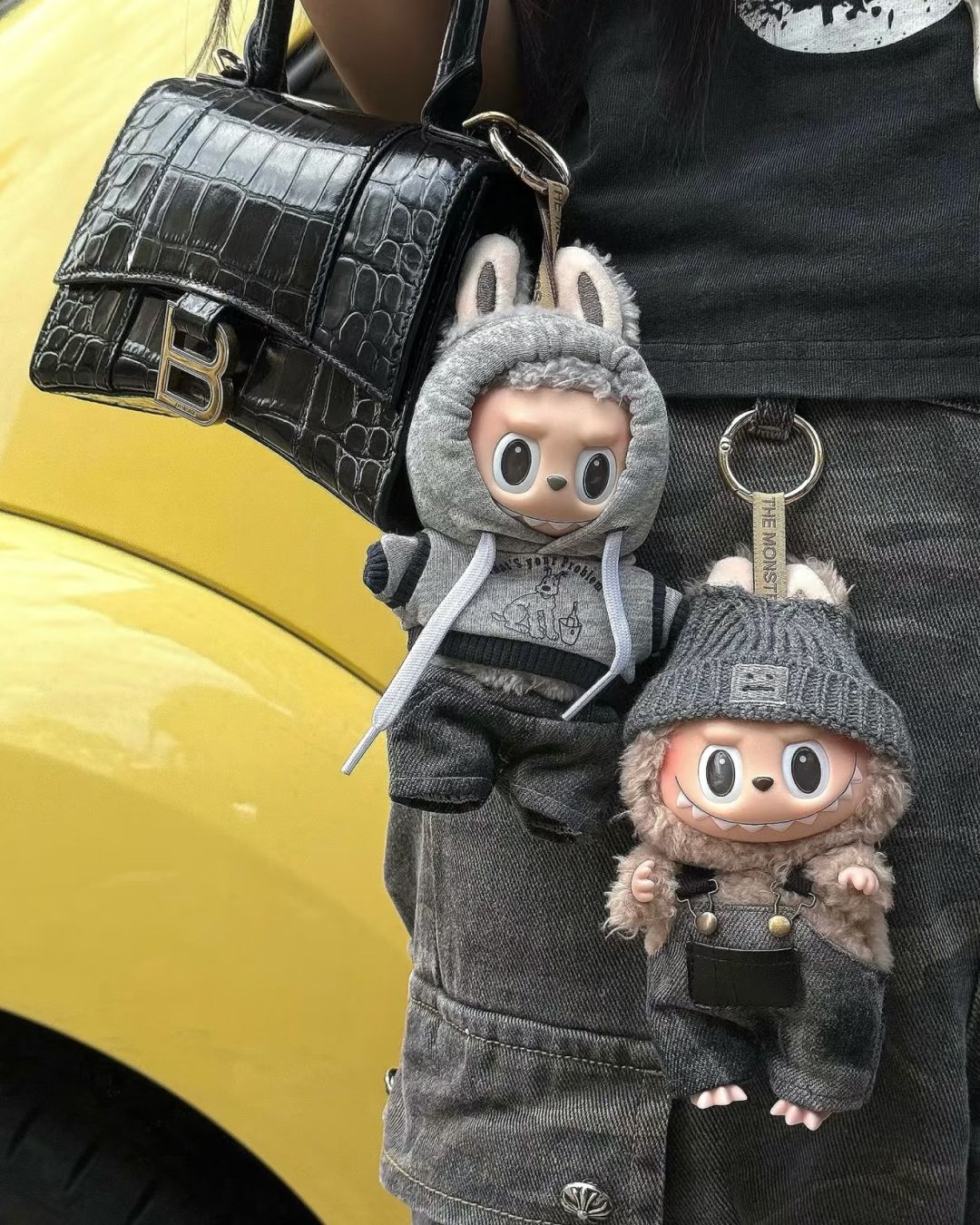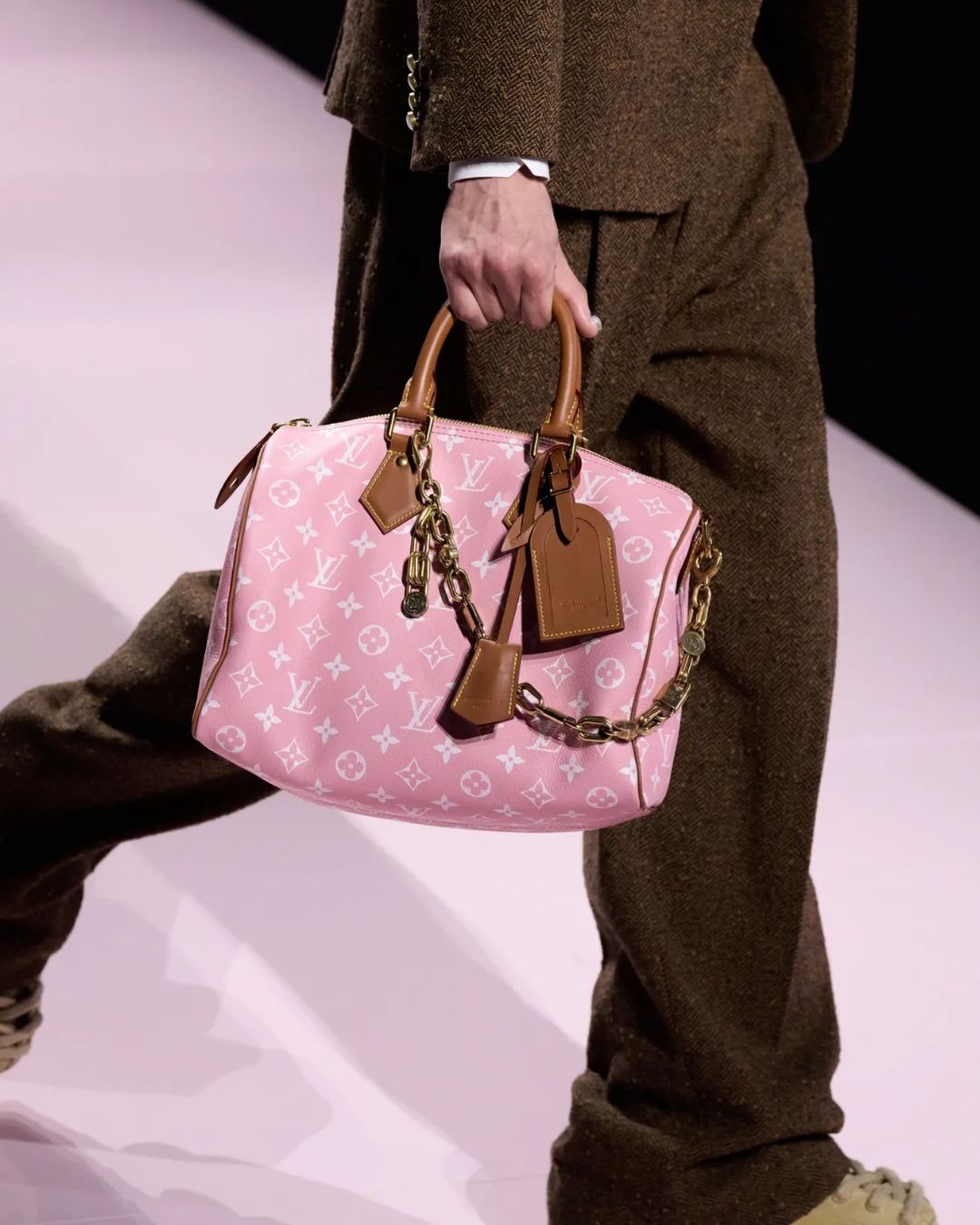
Fakes cost fashion 1.7 billion a year According to new data, counterfeiting is a real emergency
In Italy, the clothing industry is grappling with a silent crisis, fueled by rising prices and, significantly, the spread of counterfeit products. According to the latest data from the European Union Intellectual Property Office (EUIPO), the fashion sector loses 1.7 billion Euros and 19,000 jobs each year due to counterfeiting, positioning Italy as one of the countries most affected by this type of crime in the entire European Union. The EUIPO study highlights that across the EU, the most affected sectors by counterfeiting are clothing and footwear, cosmetics, and toys, with annual losses of 12 billion, 3 billion, and 1 billion Euros, respectively. One relevant aspect is consumer perception regarding counterfeit products. The study conducted by EUIPO revealed that one-third of Europeans find it acceptable to buy counterfeit goods when the original price is too high, increasing even to 50% among the youth. This reflects, in our opinion, how a lethal combination of widespread marketing and recent price increases in an attempt to reposition has emptied the meaning of luxury products that the broader audience recognizes only as branding to flaunt.
In the specific case of Italy, clothing represents one of the hardest-hit victims, experiencing a loss of annual revenue equivalent to 5.2% of total sales. Cosmetics and toys also record significant losses, respectively, 4.8% and 8.7% of total sales. In regional terms, counterfeiting has diversified effects. As the study highlights, counterfeiting not only results in financial losses but also has serious consequences on employment. In Italy, the clothing sector records a decrease of 160,000 jobs, while cosmetics and toys suffer 32,000 and 3,600 fewer jobs, respectively. Beyond economic impacts, counterfeiting in the cosmetics and toys sectors can pose serious risks to the health and safety of consumers. Fake products represent 15% of counterfeit items seized at the EU's external borders, emphasizing the need to address the issue not only from an economic perspective but also for the protection of public health.










































